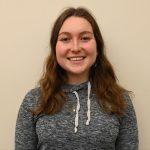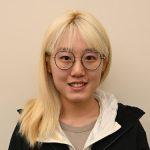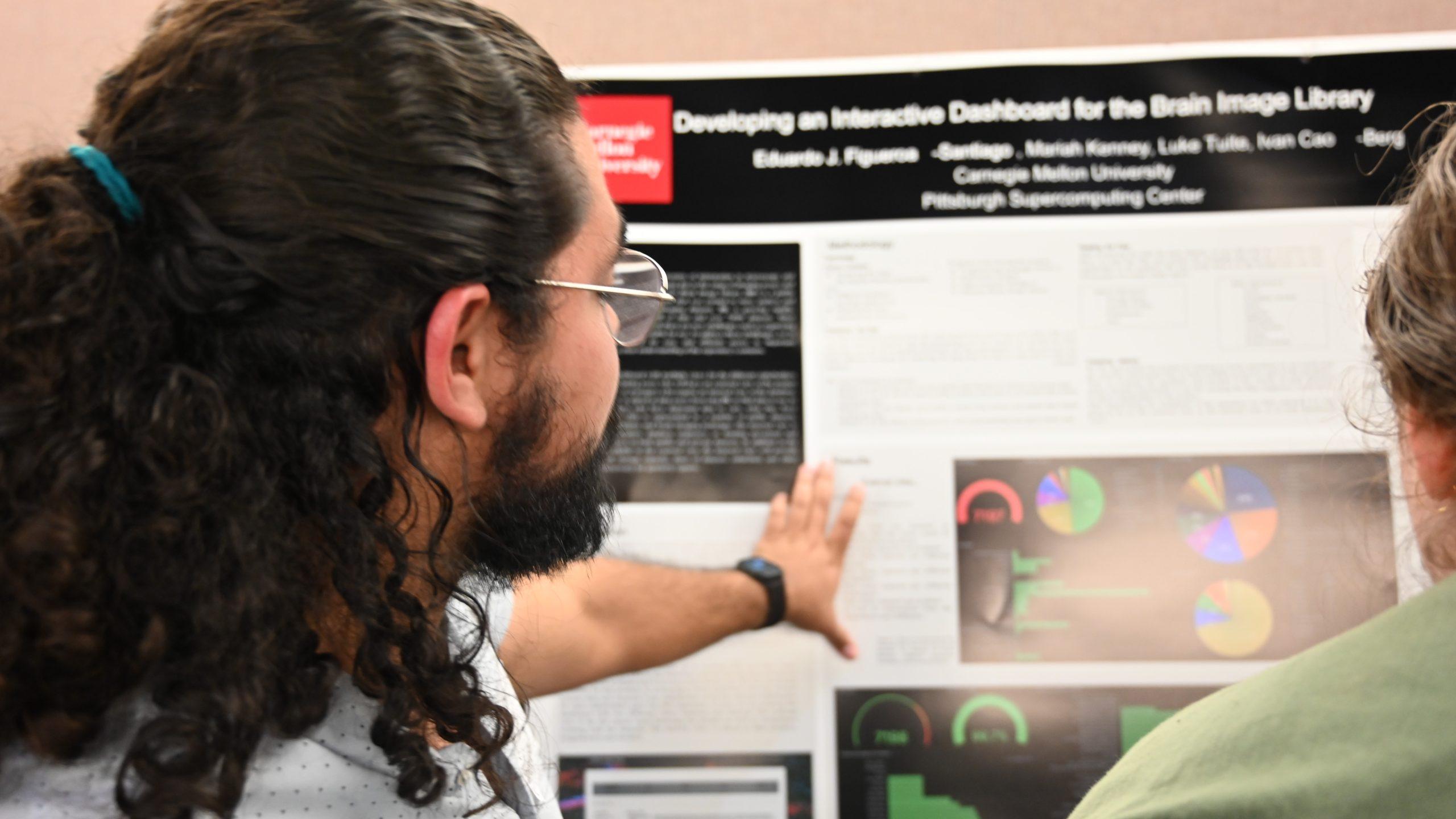
PSC has a longstanding tradition of providing internship opportunities to undergraduate researchers in fields related to advanced computing. This year we had seven students on board learning valuable research and technical skills for their upcoming classes and future careers.
At the end of the summer, we asked them and their mentors about their experiences. Here’s what they had to say:
Anna Engel
Mentor: Dr. Yang Wang
“This summer I worked with Dr. Wang on generating a database of starting potentials for the computational tool MuST. MuST makes use of Multiple Scattering Theory to let users perform computational research on complex lattice structures. I personally used MuST to calculate Superconducting temperatures using the Gaspari-Gyorffy method. I implemented this method in Fortran, first to calculate the critical temperatures for single element lattices. I then adapted this code to perform calculations for compounds. I’m looking forward to continuing this work at Carnegie Mellon next semester!”
We’re delighted that Anna will continue this work in the fall through a research experience at CMU.
Yadi Xiao
Mentor: Dr. Mitchell Dorrell
“Throughout the internship, I engaged in discussions with Bridge-2 installers and documented the methods they utilized for software installations. Subsequently, I reviewed the documentation of six package managers to evaluate their suitability for Bridges2 machines and the installers’ needs. To ensure a comprehensive assessment, I installed and tested each package manager, evaluating their ability to install different types of software and their flexibility. Additionally, I explored the community and support around each package manager. Lastly, I delved into their code framework to gain a deeper understanding of their implementation and investigated ways to expand their functionality.”
Happily for us, Yadi is continuing her work on this project with Mitchell this fall.
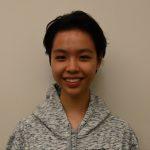 Yuqing Lin
Yuqing Lin
Mentor: Dr. Yang Wang
“My summer project focused on conducting first principles analysis of metals and alloys under pressure. I developed an open-source code that efficiently analyzes energy-volume and pressure-volume curves obtained from first principles calculations. The code, now available on the MuST project on GitHub, serves researchers in solid-state physics and related fields. Its main functionalities include performing Morse and Birch-Murnaghan fittings, from which critical parameters like equilibrium volume, bulk modulus, and Debye temperature are derived. I also generalized the potential expression and parameter extraction to the energy-volume form, expanding its applicability to multi-elemental systems. These fittings provide insights into energy changes in different configurations and allow us to determine the system’s most stable state. Additionally, the code helps predict energy values without the need for exact calculations. Overall, this open-source tool enables researchers to understand material properties and complex system dynamics under pressure.”
We are proud that Yuqing will continue to work on this project through a research experience at CMU.
 Chloe/Clover Brown
Chloe/Clover Brown
Mentor: Juan Puerto
“During my time at the PSC this summer, I have been working with the SynthEco project, which is aiming to create a synthetic population in order to more accurately study phenomena such as disease spread. My specific goal has been to create an algorithm to compute distance matrices for numeric and categorical data from the Financial Consumer Agency of Canada (FCAC) COVID Financial Wellbeing Surveys. This algorithm will facilitate the process of clustering which will be integral to the incorporation of many different population metrics to the simulation.”
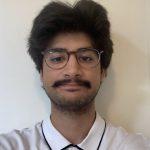 Om Chauhan
Om Chauhan
Mentor: Dr. Rozita Laghaei
“Voltage-Gated Calcium Channels (VGCCs), like tunnels and passages, respond to a membrane action potential, undergoing conformational changes that determine their open or closed state. Mutations in VGCCs can lead to diseases such as Amyotrophic Lateral Sclerosis (ALS) and Lambert-Eaton Myasthenic Syndrome (LEMS). In ALS and LEMS, the Voltage-Gated Calcium Channel (Cav2) is implicated. Certain individuals face a problem with reduced Cav2 due to destructive autoantibodies. This diminishes calcium influx and reduces synaptic transmission, leading to various health issues. The proposed solution involves prolonging the opening of the remaining Cav2 to facilitate the accumulation of a balanced calcium level. Our research aims to discover drugs that prolong Cav2’s open state to increase calcium influx through Cav2 VGCCs. The drug GV-58 shows promise as it enters Cav2 and keeps the channel open for a prolonged amount of time. We employed molecular dynamic simulations to study the pathway of GV-58 to the channel and the mechanism that prolongs the opening state. Molecular dynamic simulations could predict which amino acids in the channel bind to the drug. And which of the residues are important to GV-58’s ability to prolong opening. Using visualization programs PyMOL and VMD, we visualized and analyzed the results and predicted the fenestration and built our model. We used all-atom MD simulations in explicit membrane and water using the most recent version of the CHARMM force field (CHARMM36m).”
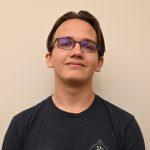 Ian Alcox
Ian Alcox
Mentor: Dr. Yang Wang
Dr. Yang says, “MuST (https://github.com/mstsuite/MuST/wiki/MuST-Framework-Project) is an NSF funded open source software. It is an ab initio electronic structure calculation code based on density functional theory, and unlike other popular methods, it solves the all-electron Kohn-Sham equation using the multiple scattering theory (from which the name MuST is derived) and Green function technique. From an ab initio calculation, it is possible to predict certain properties of a given material by providing only basic information about its composition and structure. In the case of semiconductors, though, certain aspects of their atomic structure require special consideration, such as prevalent covalent bonds creating anisotropic electron distributions and requiring full-potential and non-spherical charge density treatment in the computational method. Due to this, the application of MuST to semiconductors is still fairly novel and thus still subject to testing. The goal of this project is to determine the reliability of these semiconductor calculations and the associated property derivations in the pursuit of modeling more complex structures, such as semiconducting alloys. During this summer, Ian has applied the MuST code to perform full-potential ab initio calculations for a set of semiconducting materials, including Si, Ge, alpha-Sn, and AlP, and compared the calculated physical properties (lattice constant, bulk modulus, Debye temperature, etc.) with the measured values. He also performed ab initio calculation for AlCuFeCrNiCo, a magnetic high entropy alloy.”
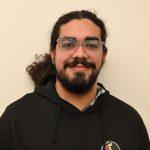 Eduardo Figueroa-Santiago
Eduardo Figueroa-Santiago
Mentors: Ivan Cao-Berg, Mariah Kenney, Luke Tuite
Eduardo Figueroa-Santiago, an intern with MCS, collaborated with the Brain Image Library (BIL) team to tackle data organization and presentation challenges. The Brain Image Library is a publicly accessible repository and analysis platform designed to store, analyze, and share microscopy and neuroimaging datasets. Currently, BIL hosts 20 petabytes of data encompassing over 7,000 datasets. As new data is made available, new challenges have emerged, particularly in efficiently organizing and presenting this large amount of data.
To address these evolving challenges, Eduardo worked to develop a user-friendly dashboard. This dashboard serves as a vital tool, providing easy access to essential information and a clear overview of the repository’s contents. By creating tools that allow different stakeholders within the project to interact with both data and relevant metadata, this dashboard enhances the overall experience, benefiting not only the management team but also researchers and users of the Brain Image Library.
Our congratulations to Eduardo, who in October will present at SACNAS, the National Diversity in STEM conference, about the dashboard and the work he did at PSC this summer.

